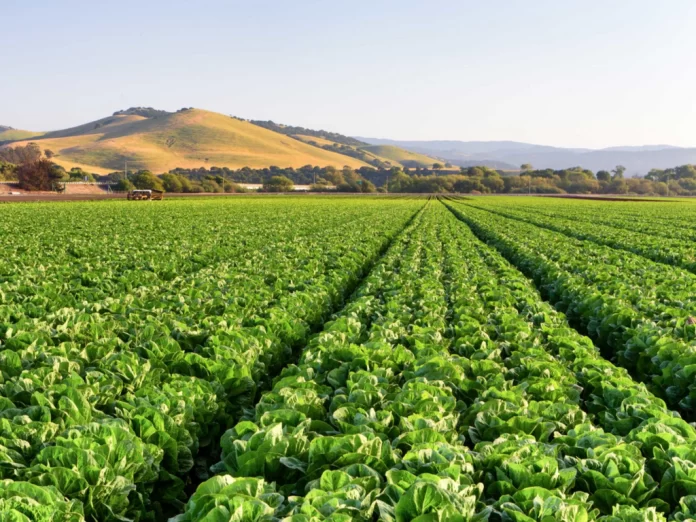Millet is a group of extremely variable small-seeded grasses grown as cereal crops or grains for fodder and humans worldwide. Millets are commonly referred to as cereal grains. They are well-known for their capacity to tolerate tough growing conditions, making them an excellent choice for diversifying cropping systems. Millets can be cultivated for grain, fodder, as a cover crop, or for other conservation purposes. And you can get all the necessary supplies for their farming from places where other supplementary farming hardware like John Deere 5050d is available.
Technical Factors for Millet Cultivation in India – Guide for Beginners!
Commercial millet cultivation is a traditional and popular profitable business. Millets are important crops in many world regions, particularly in the semiarid tropics of Asia and Africa, with India, Nigeria, Niger, and Mali producing the most.
Climate Condition
A hot climate condition (typically 70 degrees F is preferable for the sprouting and germination of the millet crop. The temperature range for millet growth is 20-30 degrees Celsius. Because its seeds are prone to damage from cold weather and frosts. Proso Millet is adaptable to lower temperatures and can be grow when the soil temperature is between 55 and 65 degrees F.
Soil Requirement
Millet crops can grow in any soil type, whether fertile or infertile. However, it can tolerate a certain amount of alkalinity as well. Alluvial, loamy, and sandy soils with adequate drainage are the best soil types for millet.
In rocky and gravelly soils, such as those found in mountainous places, kodo millet can be grew. And you can prepare the ground required for this crop with the help of farming equipment like John Deere 5205.
Seeding and Sowing Method
The seed should be kept with Agrosan G.N. or Thiram at a rate of 2.5g/kg of seed whereas, in May month, seeds should be place in nursery beds. Approximately 4 kilograms of origin will provide enough seedlings to transplant 1 hectare of land.
Different Types Of Millet And Their Uses
Different types of millet have different growing seasons and cultivation practices. Finger millet may be grown as a hot weather crop from May to September using long-duration varieties and as a cold season crop from November to December using early types. Foxtail millet is a warm-season crop, normally planted in late spring. Harvest for hay or silage can be made in 65 to 70 days and for grain in 75 to 90 days.
Millets are very varied small-seeded grasses that are widely planted around the world as cereal crops or grains. Millets are available in many varieties with distinct flavors and textures. Below are some mostly used millets and their applications:
| Types Of Millet | Other Name | Uses |
| Finger Millet | Ragi |
|
| Foxtail Millet | Kakum/Kangni |
|
| Sorghum millet | Jowar |
|
| Pearl Millet | Bajra |
|
| Proso Millet | Chena/Barri |
|
| Little Millet | Moraiyo/Kutki/Shavan/Sama |
|
| Barnyard Millet | Japanese Millet/Billion-Dollar Grass |
|
Pest Control Management For Millet Farming
Several strategies may be used for millet farming pest control management. The following methods and benefits can assist millet farmers in reducing insect damage:
Insecticides are frequently used in millet cultivation to manage pests. For instance, it has been discovered that imidacloprid 600FS works well against white grubs. Stink Bugs and other pests can be managed with registered pesticides.
- Seed treatment: Seed treatment with insecticides, such as imidacloprid 600FS, can effectively control pests like white grubs.
- Pest life cycles can be slowed down, and pest numbers can be decreased by rotating millet with other crops. This is very beneficial for controlling nematodes.
- Pest harm can be reduced with the aid of several cultural practices. By not sowing millet into burnt crop stubble, you might lessen the occurrence of autumn armyworms and other worms.
- Farmers can hang millet heads over cooking fires to ward off storage bugs so that storage damage to seeds is minimised.
It’s crucial to remember that pest control measures may need to be modified depending on the variety of millet being produced, geographical circumstances, and unique insect pressures. Regular monitoring of pests and consultation with regional agricultural extension agencies may be very helpful for efficient pest control management in millet farming.


